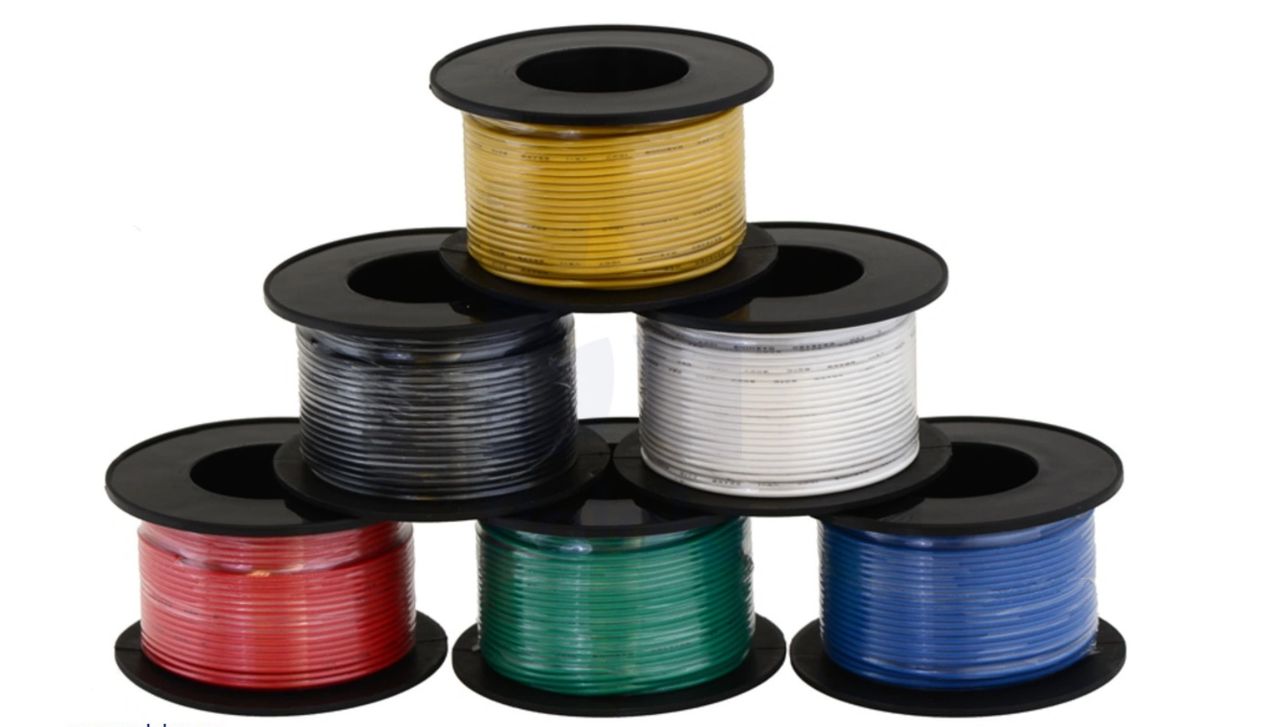The american wire gauge is a wire gauge that is utilized throughout the united states for the measurement of diameters of non-ferrous conductors of electricity. "gauge" is the term used to describe the size of the wire.
The term is used to describe the american most common way of categorizing cables and wires. Non-ferrous metals comprise copper, aluminum and other metals. It is typically used for copper telephone wiring and household wiring.
The most common household wiring awg is 12 or 14. The telephone wire will usually be 22-24 or 26. When the gauge number gets higher, the size of the wire decreases. Since a thicker wire can transmit more power, as it is less impedance to electrical current over a certain length. Large wires are best ones for longer distances.
In this regard, the distance is important the company that is installing a network might choose a phone wire that has an lower gauge, which is heavier wire with the awg range of 24 to. Awg is also referred to by the name of brown and sharpe (b&s) wire gauge.

The sizes of awg are measured through measuring the size of naked wire, which is a wire that has no insulation. When selecting the size of wire, the most important aspects to be taken into account and determined is the amount of current it is expected to carry as well as the length of distance it must be able to carry the amperage.
